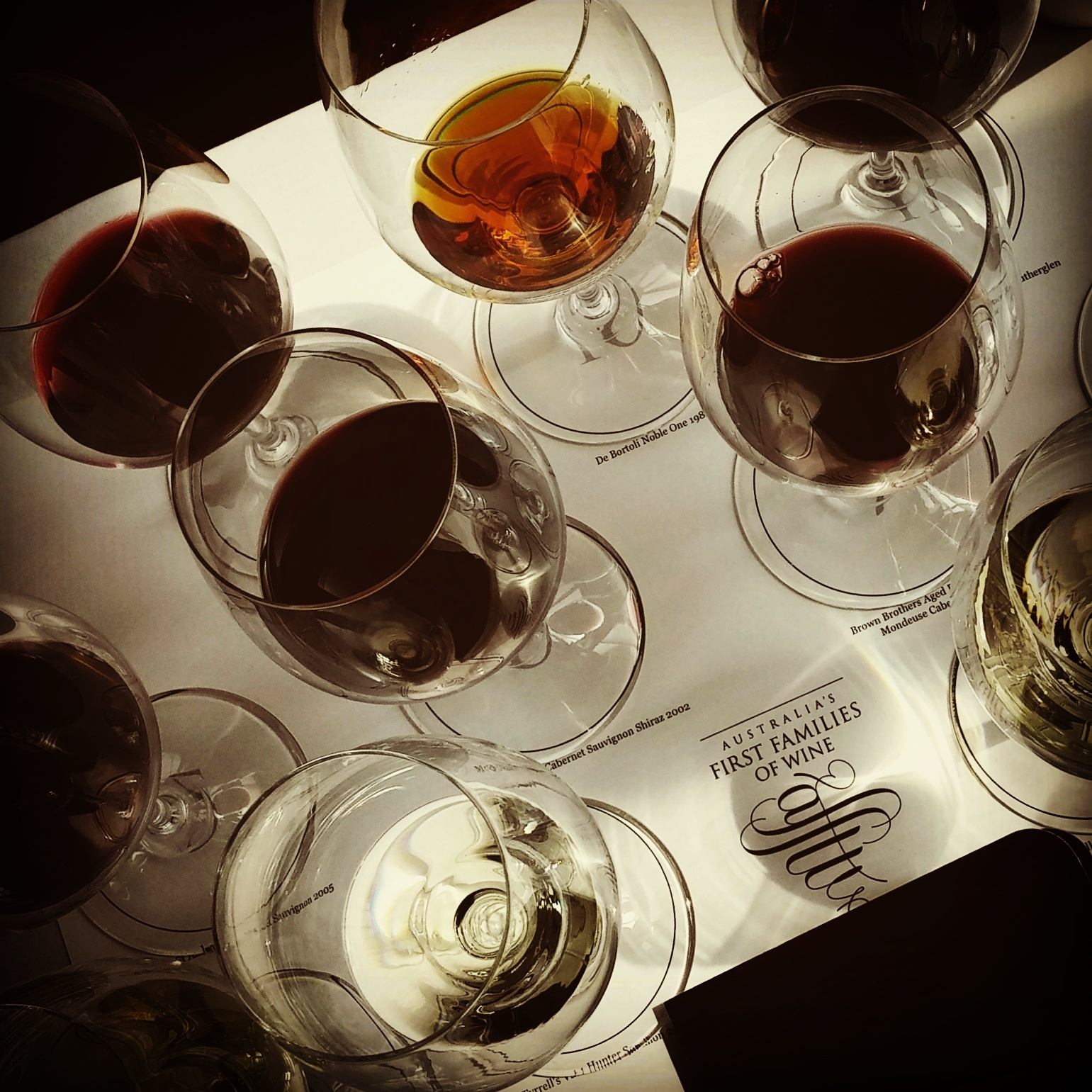 A few weeks back I attended an Australian wine event in Manhattan. This particular tasting was an interesting one indeed. Some of the country’s leading family-owned and multi-generational producers selected wines from their libraries to showcase to American trade and media. The main portion of the tasting was a sit-down seminar led by Mark Davidson, Australia’s worldwide wine educator. Alongside him, family members from each winery whose offerings were being poured that day were on hand to speak about their wine and Australia in general.
There are a couple of general misconceptions floating around about Australian wine. One is that the country’s producers make big, blustery wines that are long on upfront fruit and flash and short on finish and substance. The other is that that Australian wines don’t age. The problem is neither point is really valid; certainly not as wholesale
A few weeks back I attended an Australian wine event in Manhattan. This particular tasting was an interesting one indeed. Some of the country’s leading family-owned and multi-generational producers selected wines from their libraries to showcase to American trade and media. The main portion of the tasting was a sit-down seminar led by Mark Davidson, Australia’s worldwide wine educator. Alongside him, family members from each winery whose offerings were being poured that day were on hand to speak about their wine and Australia in general.
There are a couple of general misconceptions floating around about Australian wine. One is that the country’s producers make big, blustery wines that are long on upfront fruit and flash and short on finish and substance. The other is that that Australian wines don’t age. The problem is neither point is really valid; certainly not as wholesale  statements. Every wine-producing country has great, good, and bad producers. Certainly, Australia still has some who make boatloads of overripe shiraz. However, there are many more making proportionate shiraz as well as a very wide range of other offerings. It’s time to realize that there are as many diverse styles coming out of Australia as any other wine-making country. Not to mention much, much more than just shiraz, no matter how tasty it can be. Head Over to The Daily Meal to read the rest.
statements. Every wine-producing country has great, good, and bad producers. Certainly, Australia still has some who make boatloads of overripe shiraz. However, there are many more making proportionate shiraz as well as a very wide range of other offerings. It’s time to realize that there are as many diverse styles coming out of Australia as any other wine-making country. Not to mention much, much more than just shiraz, no matter how tasty it can be. Head Over to The Daily Meal to read the rest.
Viewing entries in
Sémillon
Australia is a huge wine producing country whose depth is apparent in both the assortment of varietals they can grow well as well as the styles they’re made in. For years our shores were inundated with mostly lower end Australian wines, often in the form of overripe Shiraz. As a result, the bounty from Australia is significantly broader than a lot of wine lovers realize. All across the Unites States a larger and larger swath of terrific Australian wines are filling our shelves. It’s a great time to try some interesting Australian wines; here are six recent releases that I recommend. To read all about them, head over to The Daily Meal.
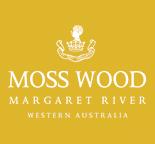 Recently I had the opportunity to taste through the wines of Moss Wood. They’re an Australian producer with a history dating to 1969. Their current winemaker Keith Mugford has been making the wines since 1979. Since 1984 Keith and his wife Clare have run the entire operation at Moss Wood. In their time at the helm they have made thoughtful advances such as being up to 75% in screw cap as far back as 2003. They’re located in Wilyabrup which is a sub-section of the Margret River region.
We started the evening by tasting a trio wines from four varietal verticals. Semillon, Chardonnay, Pinot Noir and Cabernet Sauvignon dating as far back as 1990 were the varietals and each was represented by an example from each of the last 3 decades.
Recently I had the opportunity to taste through the wines of Moss Wood. They’re an Australian producer with a history dating to 1969. Their current winemaker Keith Mugford has been making the wines since 1979. Since 1984 Keith and his wife Clare have run the entire operation at Moss Wood. In their time at the helm they have made thoughtful advances such as being up to 75% in screw cap as far back as 2003. They’re located in Wilyabrup which is a sub-section of the Margret River region.
We started the evening by tasting a trio wines from four varietal verticals. Semillon, Chardonnay, Pinot Noir and Cabernet Sauvignon dating as far back as 1990 were the varietals and each was represented by an example from each of the last 3 decades.
Moss Wood 1993 Semillon – This 20 year old Semillon has an obviously darker hue than the others which is natural for a white of this age. Bits of citrus appear on the nose along with a touch of toffee. Plenty of secondary characteristics emerge on the palate to go along with apple and a boatload of baker’s spice. This wine is still vibrant and alive. It’s a lovely and truly gorgeous example of aged Semillon.
Moss Wood 2003 Semillon – A gentle hint of Petrol emerges on the nose of this decade old Semillon. The palate is filled with a bevy of citrus notes. The finish here is long and fleshy with minerals, spice and pineapple characteristics all in abundance. This wine is delicious and giving but it will continue to evolve positively with more time.
Moss Wood 2013 Semillon – This is the current vintage and it has a suggested retail price of $42. Meyer lemon and lime notes light up the nose of this Semillon. Additional fruits such as white fig are part of the gently layered palate. The finish has good persistence and things end with bits of crispy acidity. Compared to the older vintages this wine is a bit reticent now. Time will open it up and allow it to more fully express its charms.
 Moss Wood 1991 Chardonnay – This 22 year old Chardonnay showcases a cavalcade of pure and expressive fruits. There is depth and complexity here to spare. Apple and pear flavors are joined by bits of hazelnut and toast. A bit of butter crème emerges on the finish which has excellent length and persistence. This is a gorgeous wine that exemplifies how fantastic Chardonnay can be when it’s treated appropriately all the way from vineyard to bottle.
Moss Wood 1991 Chardonnay – This 22 year old Chardonnay showcases a cavalcade of pure and expressive fruits. There is depth and complexity here to spare. Apple and pear flavors are joined by bits of hazelnut and toast. A bit of butter crème emerges on the finish which has excellent length and persistence. This is a gorgeous wine that exemplifies how fantastic Chardonnay can be when it’s treated appropriately all the way from vineyard to bottle.
Moss Wood 2003 Chardonnay – This Chardonnay has the darkest hue of the trio. The nose shows a bit of candied apple. The finish is fairly long with zippy acidity, minerals and a wisp of crème fraiche. Not quite as fresh or vibrant as either the 1991 or the 2011 but no less interesting.
Moss Wood 2011 Chardonnay – The current vintage, it has a suggested retail price of $63. Lemon custard and orchard fruits mark the deep and layered palate of this wine. Spices galore are present from the first whiff of the nose through the last, lingering note on the finish. This wine is loaded with gorgeous layers of fruit. It’s delicious now but will be even lovelier with time in the bottle. This release will likely get to a similar spot down the road that the 1991 is at today.
Moss Wood 1994 Pinot Noir – Plum aromas emerge from the still vibrant nose of this Pinot Noir along with mushroom and lot’s of secondary characteristics. Sour cherry notes dominate the palate and lead to a lengthy spice filled finish that also shows off black tea and hints of earth. This is a balanced and exquisite example of well aged Pinot Noir.
Moss Wood 2001 Pinot Noir – Red fruit, leather and a hint of smoked meat fills the expressive nose of this 12 year old Pinot Noir. Lots of cherry and strawberry star on te palate here along with hints of earth and mushroom. Minerals and sour red fruits emerge on the finish which has good persistence. Medium tannins that show a pleasing amount of grip and firm acidity speak to the wonderful structure this wine has. It’s delicious now, but certainly has quite a few years of aging ahead of it.
Moss Wood 2010 Pinot Noir – This is the current release, it has a suggested retail price of $62. Red and black cherry character dominates the nose of this Pinot. Red fruits interspersed with black, are key components throughout the palate, along with a well rounded complement of spices. All of these elements continue through the finish which has nice length. This Pinot is still young and a bit tight right now. It needs some time and a few years in bottle will serve it well. That said a few hours in the decanter are highly recommended if drinking it in the next couple of years.
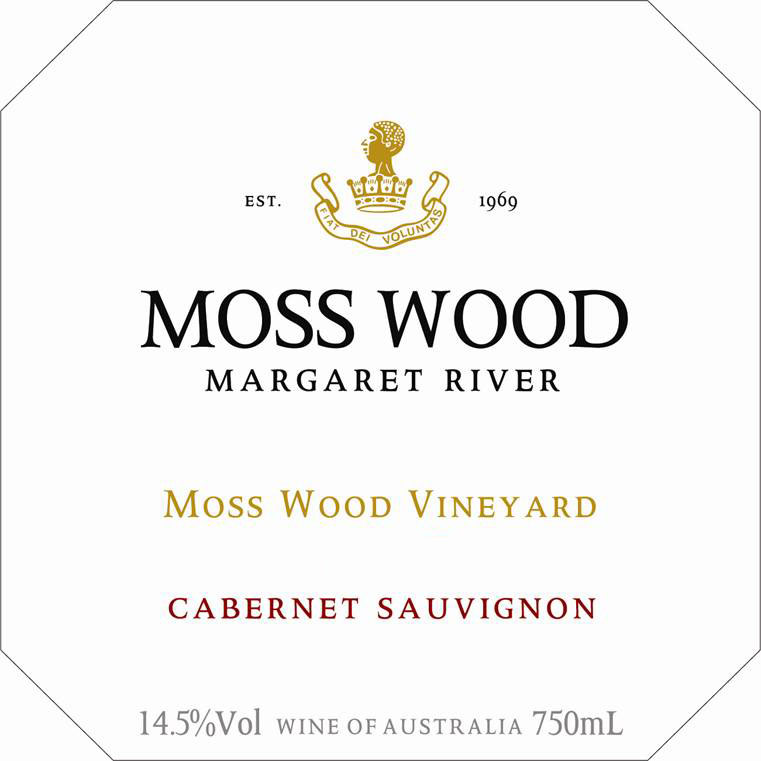 Moss Wood 1990 Cabernet Sauvignon – The fruit on this 23 year old Cabernet has receded and the secondary characteristics have really taken hold. Earth, minerals, espresso and a potpourri of spices are the dominant players here. Chocolate and leather emerge on the finish with some lingering remnants of cherry. If you like your Cabernet Sauvignon aged (and I do), this happens to be an excellent example. It’s beautifully perfumed, loaded with minerals and spice, easy drinking and layered. This is the kind of wine I could hide in the corner with, allowing it to keep me content all night long.
Moss Wood 1990 Cabernet Sauvignon – The fruit on this 23 year old Cabernet has receded and the secondary characteristics have really taken hold. Earth, minerals, espresso and a potpourri of spices are the dominant players here. Chocolate and leather emerge on the finish with some lingering remnants of cherry. If you like your Cabernet Sauvignon aged (and I do), this happens to be an excellent example. It’s beautifully perfumed, loaded with minerals and spice, easy drinking and layered. This is the kind of wine I could hide in the corner with, allowing it to keep me content all night long.
Moss Wood 2000 Cabernet Sauvignon – This wine is all about cherry characteristics. A combination of red and black cherry flavors dominates the nose and palate. Spice elements join in and continue through the finish where cherry flavors continue to ring out loud and clear. Bits of rhubarb and chicory are present as well. The tannins still have some bite and the acidity keeps things beautifully balanced. This is a fine Cabernet Sauvignon.
Moss Wood 2010 Cabernet Sauvignon – The current release, it has a suggested retail price of $105. Red and black raspberries emerge on the welcoming nose of this Cabernet Sauvignon. Blackberry, cherry and spice are all prominent through the layered palate which shows lots of depth. Blueberry, spices and espresso notes dot the finish which has good length. The tannins here are firm but give with some air. This is a young but approachable Cabernet Sauvignon that will improve greatly with several more years of age. It’s a promising wine that will only become better.
After the vertical tasting we moved on to sample a handful of their other releases alongside our dinner at CraftBar. Three of them were blends and they were lovely wines well suited to our meal. But for me the knockout amongst this quartet was the final wine which was paired with dessert.
Moss Wood Ribbonvale Botrytis 2011 Semillon – This wine was slowly fermented and then racked to barrel. It was bottled in January of this year. It’s available in both 375ml ($38), and 750ml ($70) bottles. Mission fig aromas are part of the nose on this lovely dessert wine. The palate is sweet but not overly so with 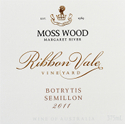 a variety of fruit and spice flavors coming to the forefront. Fruitcake spices emerge on the honeyed finish which has great length and nice acidity. This wine works equally well paired with other sweets or a cheese course.
a variety of fruit and spice flavors coming to the forefront. Fruitcake spices emerge on the honeyed finish which has great length and nice acidity. This wine works equally well paired with other sweets or a cheese course.
Tasting these wines in such a setting allowed us to see their aging potential as well as take a look at what the level of consistency is. While there was certainly vintage variation and some stylistic differences as they have made some adjustments in treatment over the years, each varietal had connective tissues within their subset that allowed us to see how they related to each other. The key here is that these wines were all made in a style that allowed their origin in the Margaret River to be showcased along with the vagaries of what each vintage brings. These are not manipulated products but vineyard driven wines that are allowed to shine. Each varietal is shepherded into bottle in a manner that makes long term aging not only possible but interesting and exciting. The Moss Wood wines taken as a whole were quite impressive. They’re fine examples of their place, their respective grapes and their particular vintages. If it’s been awhile since you’ve had top shelf Australian wine, the offerings from Moss Wood are a perfect spot to leap back in.
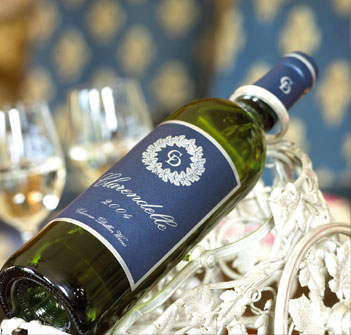 Wines from Europe are often intimidating to the average US consumer. Sometimes it’s due to perceived cost concerns, other times it’s due to confusion over labeling. The truth is that there are a lot of great wines from all over Europe that are very reasonably priced and offer similar quality to price ratios as new world counterparts do. Today I’m going to look at a white wine from the Bordeaux region of France.
This 2006 Clarendelle Blanc Bordeaux is a blend of Sémillon (46%) Sauvignon Blanc (44%), and Muscadelle (10%). The suggested retail price for this wine is $19.95.
Wines from Europe are often intimidating to the average US consumer. Sometimes it’s due to perceived cost concerns, other times it’s due to confusion over labeling. The truth is that there are a lot of great wines from all over Europe that are very reasonably priced and offer similar quality to price ratios as new world counterparts do. Today I’m going to look at a white wine from the Bordeaux region of France.
This 2006 Clarendelle Blanc Bordeaux is a blend of Sémillon (46%) Sauvignon Blanc (44%), and Muscadelle (10%). The suggested retail price for this wine is $19.95.
Aromas of lemon zest and orange blossom are both prominent in the nose of this wine. Citrus continues through the palate. It's joined by tropical fruit such as mango, guava and kiwi. Honeydew emerges as well and carries through the finish which has a nice edge of creaminess and a host of appealing spice notes, notably white pepper. This wine is impeccably balanced and features good acidity. I paired this White Bordeaux with a crostini topped with caramelized onions, sautéed mushrooms and a triple creme cows milk cheese. It was a tremendously satisfying match. This wine also drinks nicely on its own.
Two things most impress me about this wine. The level of complexity in the price range is one thing. Layers of flavor emerge as you let this wine wash over you. It’s important to note that while this wine should definitely be chilled, avoid over chilling it. Many of the nuances are lost if this is served too cold. Cellar temperature of approximately 55 degrees works very well. The other thing that impressed me is how seamless of a blend this really is. Certainly benchmark qualities of each varietal shine through, but more than that they come together to form a whole that is greater than the sum of its parts. A very nice White Bordeaux and a very well priced one at that. If you’re drinking new world Sauvignon Blanc or similar style blends try the Clarendelle out, you might be surprised by what a terrific value it is.
